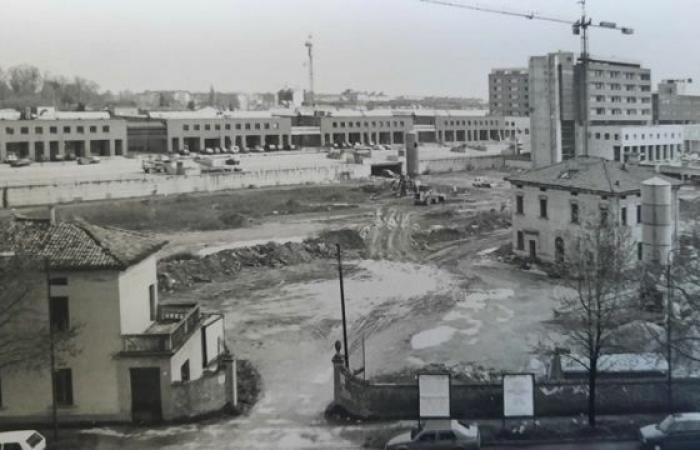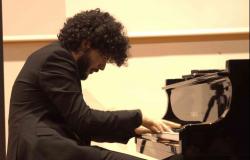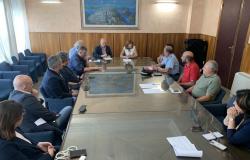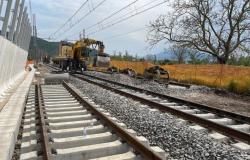
The new neighborhood is built in the former area of the Lucchini furnaces along Via Mantova. Faliva’s photographs from the late 1980s and early 1990s show the construction site. The green light for construction came from the Municipality of Cremona after a long tug-of-war with the owners. In 1975, 4 usage plans were presented. The Municipality chose, with the instrument of the PIO (Operational Framework Plans), to direct its development through planning in the mid-1980s. Unfortunately, the large green area planned in the neighborhood and along Via Mantova was never built. And then there are recent controversies over the vast car park in front of the San Camillo nursing home recently paid for by the Municipality and almost constantly empty.
Fifty thousand square meters with manor house and 15 thousand covered square meters occupied by Ceramiche Lucchini or, better, by the “Sceramic factory for the manufacture of common bricks by hand and for the machine processing of perforated bricks“. In the past there was a factory making earthen vases and crockery. The Lucchini family took over the small factory and created the large industrial complex. It was of Swiss origin. It was Pasquale Lucchini who moved to Cremona in 1838 and his children were born here, between to which Giovanni, the founder of the furnace family. Consider that in the period of maximum expansion Lucchini had three Hoffmann furnaces with forty-five ovens for firing materials, two automatic conveyors, two clod breakers and a rolling mill, two filter dies, four dies for brick factories, two of which were equipped with automatic clay dispensers. There were 100 thousand wooden frames of different sizes for drying the materials. There were 5 thousand meters of decauville tracks. The production potential was approximately 2 million bricks by hand tons of machine-drilled bricks. Several hundred workers were mainly from the Porta Venezia and Porta Romana areas. First difficulties in 1929 also due to inheritance issues, then in 1933 suspension of production and in 1936 sale of the factory. Then the definitive end of production and the sale in batches.
Other photos with an old print of the area in full activity and from the plane when it had been abandoned for years.





